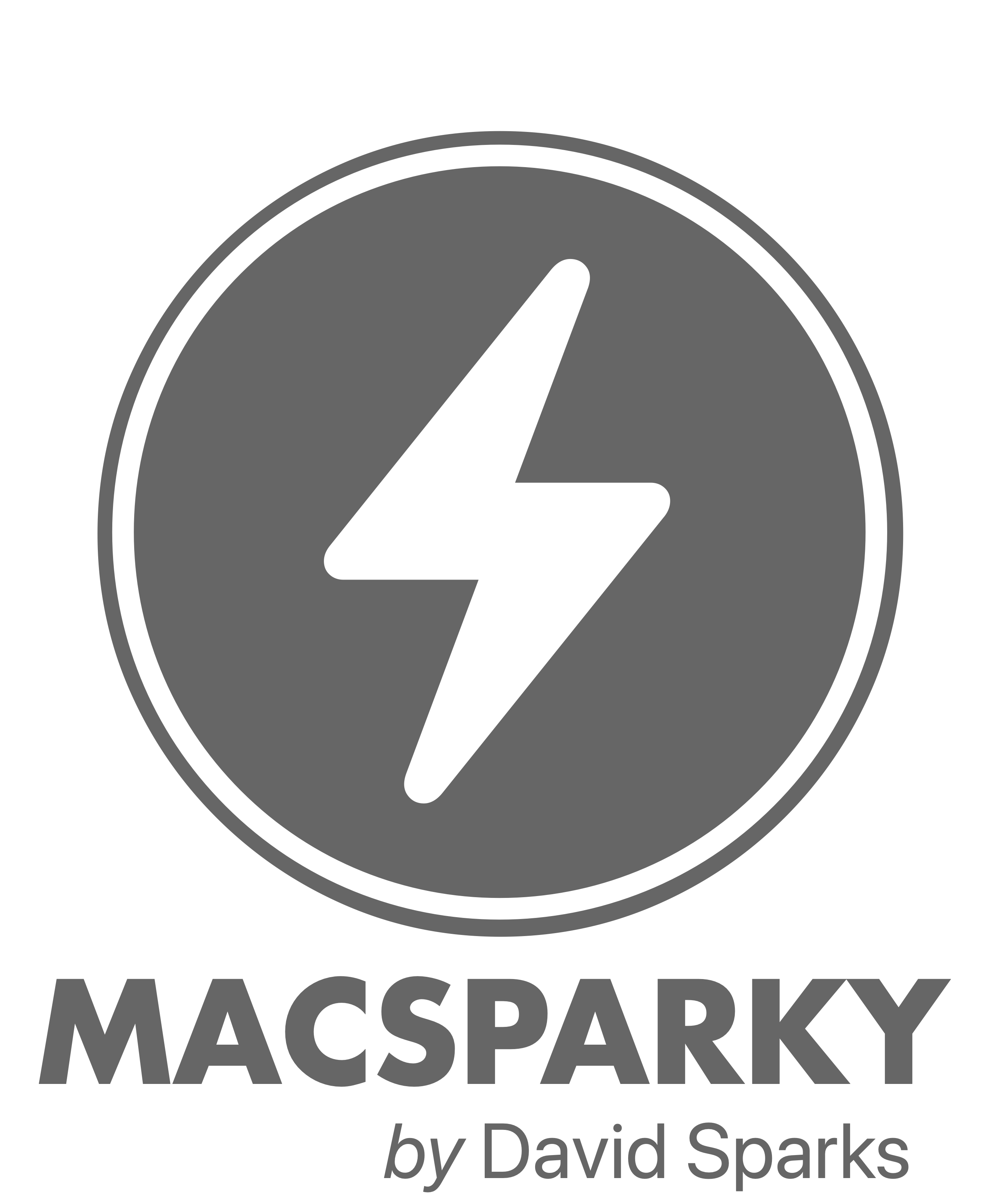I’ve been fiddling a lot lately with the resolution settings on my 15″ Retina MacBook Pro. As it ships the machine is set at a virtualized 1440 x 900. The native screen resolution is actually double that at 2880 x 1800 so where before you got one pixel, now you get four.
This is all over-simplified and Apple explains it better but the end result is that this display is wicked sharp and text looks amazing. It is so good that I recommend you not look at one of these if you are not willing to go buy one because your old screen will never look the same after you spend any time on a retina screen. It wrecks you.
Another benefit of this fancy screen is that because the pixels are so small, scaling them doesn’t make the screen look terrible. With past screens, the pixels were large enough that if you scaled the screen to anything other than its native reolution, it looked like garbage. Don’t believe me? Take your standard resolution Mac right now and try a few different resolutions. You’ll immediately recognize the sharpness of the native resolution and type on all of the others will look like a jaggy mess.
With the retina screen, the jaggy mess is so small that you just don’t see it. As a result you can use one of several resolutions other than the native resolution and get away with it.
This brings me to point of this post. I’ve been playing with the non-native resolutions as of late. Particularly I’ve been trying the virtualized 1920 x 1200 and 1680 x 1050. You can set these in the displays preference pane with the two screen icons to the right of the “Best” setting, which does use the native resolution.
Having spent a few months at this I’ve come to two conclusions:
- Using non-native resolutions on the retina display is an option when I need more screen real estate. It looks fine and very nearly as sharp as the native resolution. I say “nearly” because if I really focus in, it is not quite as sharp. However, the difference is so small that I don’t notice it while working.
- I don’t need anything bigger than the native resolution often. The more I spend time in the “bigger” resolutions, the more I appreciate the native resolution. For me it is the perfect fit of point size and mouse targets. At this point I’ve reverted to using the “Best” 1400 x 900 most of the time but will bump up the resolution when I’m doing something that requires multipble big apps. That is probably about once a week. I think part of the reason why I’m not using the big resolution full time is that even though this is a 15″ machine, I like using full screen mode. The freedom from other apps distracting me and not having to dig through windows makes me faster. I use the Spaces gesture (four fingers swiping up on the trackpad) and find I’m able to app switch between spaces quickly. If I wasn’t such a big Spaces user, I may be more inclined to leave the resolution higher.










